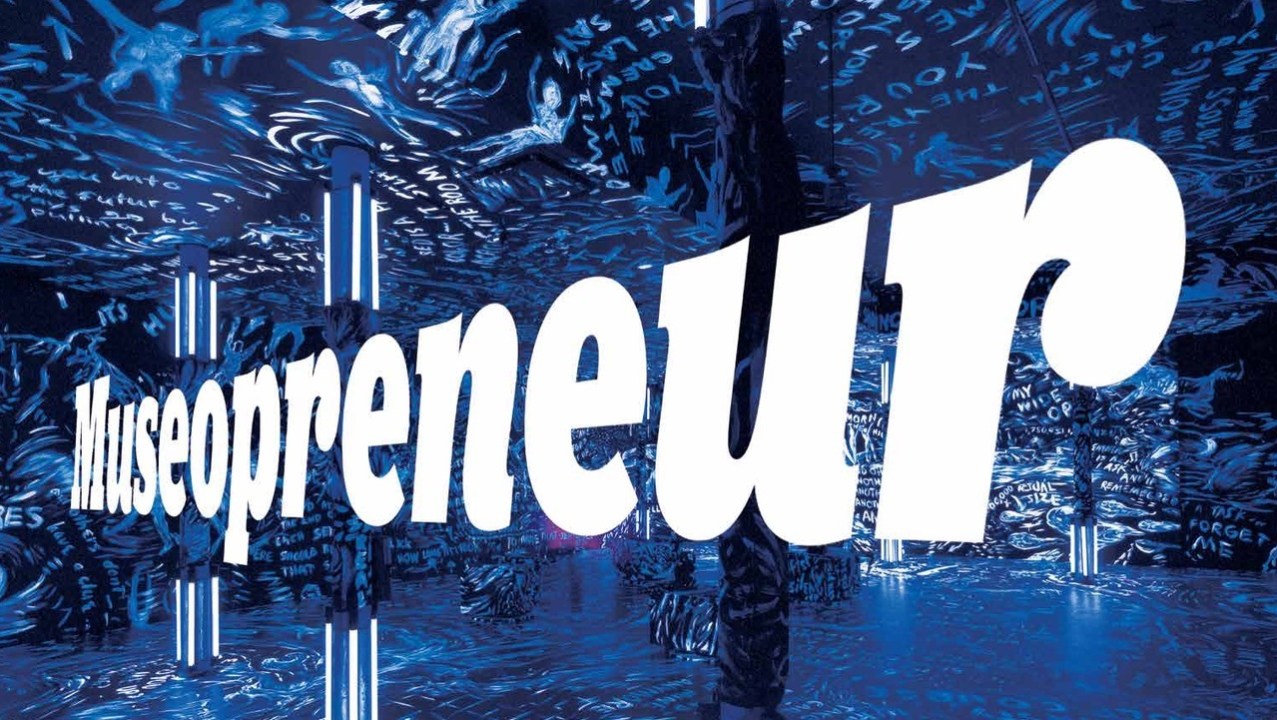
This article originally appeared in the May/June 2019 issue of Museum magazine, a benefit of AAM membership.
mu·se·o·pre·neur | myüzē-äp(r)ə-ˈnər
Noun: one who embraces or assumes characteristics of an entrepreneur to advance their museum’s business model and general operations.
The people behind today’s greatest technology companies have redefined and reinvigorated the term “entrepreneur,” inspiring an entrepreneurial movement that has expanded beyond the confines of the business sector. No industry is immune to disruption, and I’ve observed a growing appetite among cultural institutions to embrace a modern, innovative frame of mind. This comes as no surprise given the fierce competition for the consumer’s limited attention combined with a shifting philanthropic landscape. Museums need to evolve fast.
In an effort to be more agile, digital, and data-driven, museums are experimenting with techniques borrowed from the start-up and tech worlds and are applying them across the board. This is reflected in the design thinking that drives marketing strategy, exhibition design, and a desire to build out new revenue streams.
As someone who operates at the intersection of museums, start-ups, technology, and philanthropy, I’ve been following this evolution closely. Institutions are ready to take risks and explore, and they’re getting bolder and better at it. Who is the driving force behind much of this change? Enter the museopreneur.
“We had a real consciousness and became increasingly aware of how our practices and procedures become outdated in this agile, new world,” says Kaywin Feldman, director of the National Gallery of Art.
Financial models are a delicate subject because the vast majority of museums are nonprofits with a strong adherence to a central, focused mission and a long history of philanthropy and tradition. While they rely on major gifts, admission fees, and membership dues, grants, and other subsidies, cultural institutions are not barred from exploring other revenue streams. Monetizing internal expertise or other assets, if done in ways that propel a museum’s mission, can be tremendously fruitful and beneficial across the board.
Museums serve the public and protect our world’s culture in perpetuity, without the goal of generating a profit in the same way as businesses. So how do museums achieve harmony around taking on risks related to the business model, and what are some of the creative approaches museums have already taken?
Big, Bold, and Visionary
One exciting trend in the museum sector’s embrace of start-up philosophy is bringing culture-related ventures on-site through co-working and innovation spaces. One bold idea is NEW INC at the New Museum in New York City. NEW INC opened its doors in 2014, making it the first “museum-led incubator” in the world. Part mission-driven professional development initiative and part co-working space, this endeavor brings together more than 100 entrepreneurs, artists, designers, and technologists to spark new ideas from the mixture of disciplines.
For the New Museum, this wholly aligns with the evolving “definition of what a museum can be in the 21st century, which includes innovative cultural and civic partnerships, leading-edge art, and technology initiatives,” says Karen Wong, the museum’s deputy director.
Similarly, New Zealand’s Te Papa created the business accelerator Mahuki, the Australian Centre for the Moving Image launched the ACMI X co-working space, and Contemporary Arts Center New Orleans opened an art-filled co-working space called The Shop.
Massachusetts Museum of Contemporary Art (MASS MoCA) has perhaps the most significant experience in and portfolio of bold moves. Located in the Berkshires, MASS MoCA has become one of America’s largest contemporary art museums, boasting 250,000 square feet of gallery and performance space. The museum started with no cash, no endowment, and no lines of credit—which were ironically a luxury in disguise, according to MASS MoCA Director Joseph Thompson. They were forced to be “scrappy” and remain “fluid, open, and permeable” with their overall approach. “There is great work to be done in aligning actions that we once thought of as purely commercial with concepts we once thought of as purely cultural or nonprofit orientated,” Thompson says.
Today, the museum has more than 100,000 square feet of leasable commercial space, has a bankable artist residency program called The Studios, and hosts numerous music festivals, among other revenue-generating channels. Thompson, with his degrees in art history and economics and an M.B.A. from Wharton, an uncommon credential in the museum sector, has the firm museum foundation and business savvy to assess the risks and rewards that have allowed him to scale up MASS MoCA.
“The level of entrepreneurial spirit that he has brought to the museum is up there and in line with any founders I’ve invested in or worked with,” says Bo Peabody, a venture capitalist and tech maven, who has deep ties to the museum. “This is a museum that knows how and when to pivot.”
Initiatives like these can provide museums with countless benefits. They open the institutions to a range of new connections, setting up fertile ground for partnerships and collaborations. They also enable museums to cultivate a new creative, innovative community that doubles as a recurring revenue source.
Capitalizing on Expertise
The Van Gogh Museum boasts the most extensive collection of the artist’s works and has been one of Amsterdam’s top tourist attractions since its inception. The museum has a world-class staff and has found a way to monetize their knowledge and experience.
Van Gogh Museum employees can spend between 5 and 10 percent of their working time assisting commercial clients with collection conservation, climate control systems, museum management, and educational programs. The program started in 2016 with a goal of contributing about 5 percent to annual revenue—a much-needed injection to make up for the cuts in state funding and a regional slowdown in tourism.
“It is apt that the museum extends its efforts to include innovative concepts, while naturally endeavoring to strike the correct balance between core museological activities on the one hand, and commercial initiatives on the other,” says Adriaan Dönszelmann, the museum’s managing director.
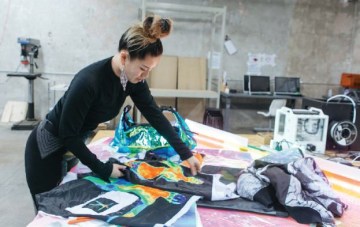
The Indianapolis Museum of Art at Newfields also offers professional services to outside cultural organizations. Years ago, it launched IMA Lab (now Newfields Lab), its own software development agency specializing in solutions for the cultural sector. Newfields Lab builds websites, designs custom software, and releases open-source projects to benefit and advance the sector at large.
Most recently, Toledo Museum of Art demonstrated how many of the core principles related to arts education and “learning how to look” could be applied to other sectors. It incubated a business called the Center of Visual Expertise to expand visual literacy training into industrial operations such as occupational safety; it has an ongoing partnership with the Campbell Institute at the National Safety Council.
The Center of Visual Expertise generates new revenue, but in a way that advances the museum’s mission and exposes new audiences to art and new ways of thinking. “Traditional museum business models have historically prevented museums from making bets of any size,” says Adam Levine, who started an art market analytics firm, among other endeavors, before becoming deputy director of the Toledo Museum of Art and now the director of the Cummer Museum. He adds that “museums have a lot to learn from a product-development perspective,” a characteristic of successful entrepreneurs and an underdeveloped area within the museum field that could help museums adapt more effectively.
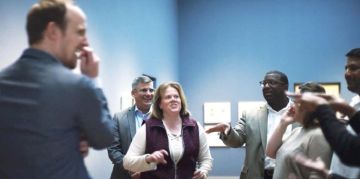
“Hybrid nonprofit–for-profit entities will multiply in years to come, and museum leaders should be both engaged in dialogue about emerging ideas and best practices, while remaining attentive to protecting their tax-exempt status,” says Max Anderson, a veteran museum director who led new experiments at his many institutions. But he also acknowledged the fine lines and consideration that must go into any revenue-generating practice given the models that museums were founded on.
Experiments in Membership and Admission
Most of the museum directors and staff I spoke with are delving into preliminary research on or already experimenting with their admission and membership models. Years after the birth and phase-out of the Dallas Museum of Art’s ostensibly radical DMA Friends program, which offered free museum membership, we know a few things to be true: each community has different needs, some budgets are more vulnerable than others, and the idea of free admission and membership is an aspiration for many.
The definition of consumer loyalty and what people will spend their hard-earned dollars on continues to be a moving target. The month-to-month subscription economy (think Netflix, Spotify, Blue Apron, etc.) has experienced explosive growth, setting up new customer expectations and competition for annual membership offerings. How do museums adapt when the way people pay for things is changing?
A few museums are experimenting with the type of currency they accept for tickets and memberships. In 2018, Great Lakes Science Center (GLSC) became the first major museum to accept bitcoin, the predominant digital cryptocurrency, and neighboring Cleveland Museum of Art soon followed.
“Curiosity and experimentation are not just core principles for what we create for the public—they also shape how we operate as an organization,” says GLSC Director Kirsten Ellenbogen, also citing a focus on heightened attention to product development and rapid feedback cycles and the eagerness to kill off what isn’t working.
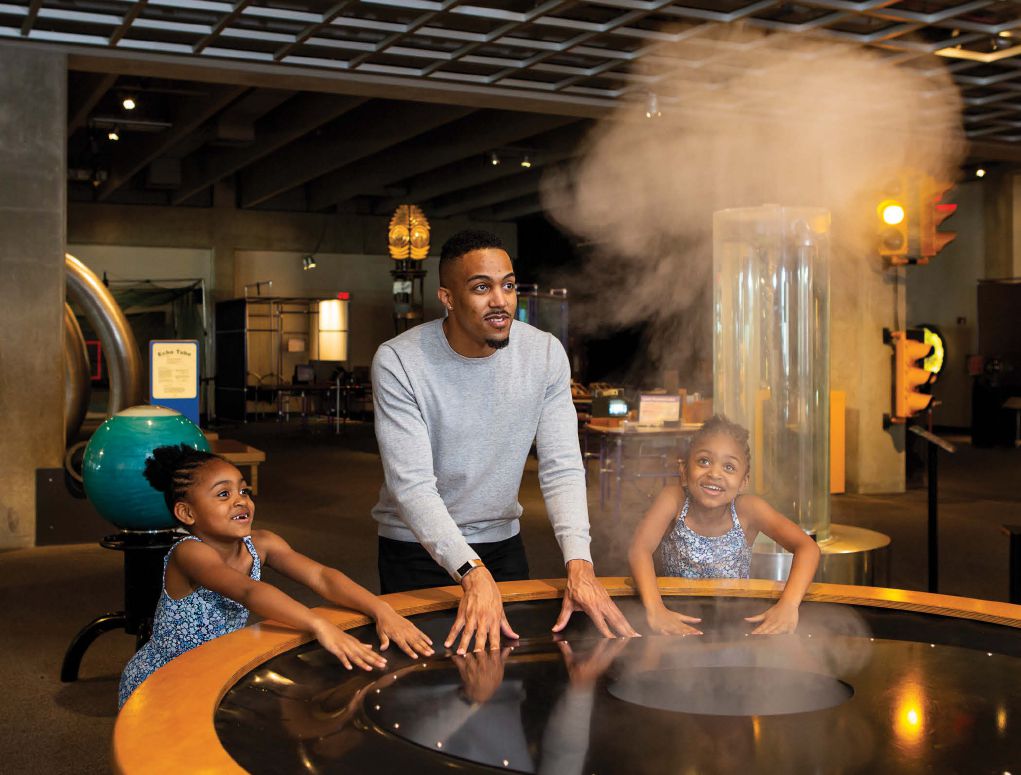
Access to Entrepreneurial Minds and Mindsets
Untapped networks can lead to exciting new ideas, partnerships, and outcomes. But who should museums look to and welcome on their boards to encourage, challenge, and validate their ideas and assumptions? Few museums have tapped into this new generation of entrepreneurs, though there has been a slight increase over the past decade.
The National Gallery in London has major figures from business and entrepreneurial backgrounds across its board of trustees and advisory boards, including Doug Gurr, an executive at Amazon. “They help shape our decision-making every day,” says Chris Michaels, the museum’s digital director.
Prominent innovators, such as the founders of Android, Groupon, and Behance, have supported and shared their entrepreneurial perspectives with various arts and cultural organizations as board members and advisors. Bob Mason, best known as co-founder of Brightcove and former director of Techstars Boston, is a board member of several cultural nonprofits and encourages them to “create small but impactful programs of experimentation to encourage latent creation and the ‘intrapreneurial’ mindset.”
“Failing forward,” as the start-up parlance goes, is probably the most useful concept museums can borrow from this culture. A failure is much more than a write-off in the budget; it’s a valuable lesson in any pursuit for the best outcome.
Most of the museum directors I spoke to for this article emphasized their enthusiasm around experimentation. More experimentation means a greater likelihood of failure, but also a greater chance for success. All directors said they keep a keen eye on evaluation, short feedback cycles, and speedy elimination of the programs that don’t work out as planned. Contrary to the old adage, failure is an option—as long as you calculate the upside and downside of each experiment.
Looking Forward
Museums and cultural institutions can apply entrepreneurial principles to encourage inquiry, drive innovation, and transform themselves into truly modern organizations that are poised to take advantage of today’s enormous opportunities.
If you do traditional things, you can expect traditional outcomes. The organizations that are looking to the future and driving the greatest impact are those that have embraced the entrepreneurial spirit in some capacity. What actions will your institution take to stand the test of time?
Embrace your inner “museopreneur” to inspire new and existing audiences, explore unconventional revenue streams, and ensure your institution thrives in this tumultuous and ever-changing climate.
Thank you & Acknowledgements: Max Anderson, Katherine Armstrong, Evan Beard, Stella Ciecko, Adriaan Dönszelmann, Elizabeth Dobrska, Diane Drubay, Kirsten Ellenbogen, Kaywin Feldman, Douglas Hedley, Amy McCabe Heibel, Nina Klein, Adam Lerner, Adam Levine, Chris Michaels, Bo Peabody, Stephanie Pereira, Nancy Proctor, Stephen Reilly, Jim Richardson, Franklin Sirmans, Alice van der Slikke, Rob Stein, Scott Stulen, Dan Sullivan, Joseph Thompson, Charles Venable, Jasper Visser, Jerry Wind, Karen Wong.
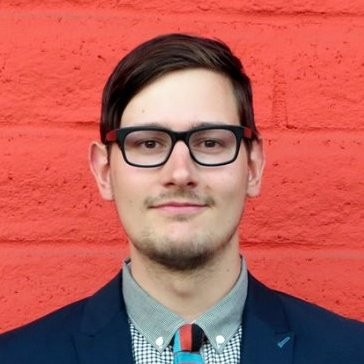




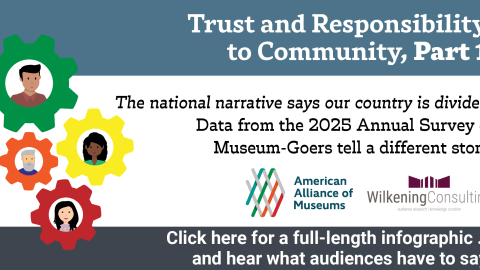

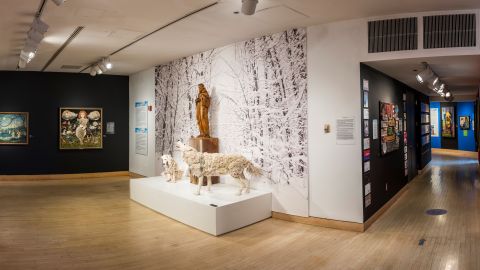

The American Museum of Natural History has been hosting hackathons since 2014 that bring scientists and professional technologists together to work on leading edge scientific challenges. Nearly 1300 technologists are in the community, and almost 600 have participated in the five hackathon programs: Hack The Universe, Hack The Dinos, Hack The Stacks, Hack The Deep, and Hack The Solar System. All of the challenges and their solutions have been documented and made available as open source repositories under the AMNH GitHub organization: https://github.com/amnh
How nice to see Museums and other Non-Profits adopt an entrepreneurial culture!
Our very small Museum in Ferndale CA adopted such a culture almost a decade ago, by engaging Our Community in telling Our Story, with a focus on embracing social media, producing award-winning films, and basically selling Local History. We saw our membership jump from a low of 250 to 1,500, in our small town of 1,400, with Facebook “Likes” now at 3,098: https://www.facebook.com/ferndalemuseum/ http://www.ferndale-museum.org.
History is “Our Story,” (and a joy to sell, in ways all non-profits can sell their priceless services, by engaging locals in telling their stories)…
It’s a excellent and most important article. Thanks a lot for such great efforts for it.
Lots of great ideas but please, please, please don’t let that word catch on. Please, I’m begging everyone.